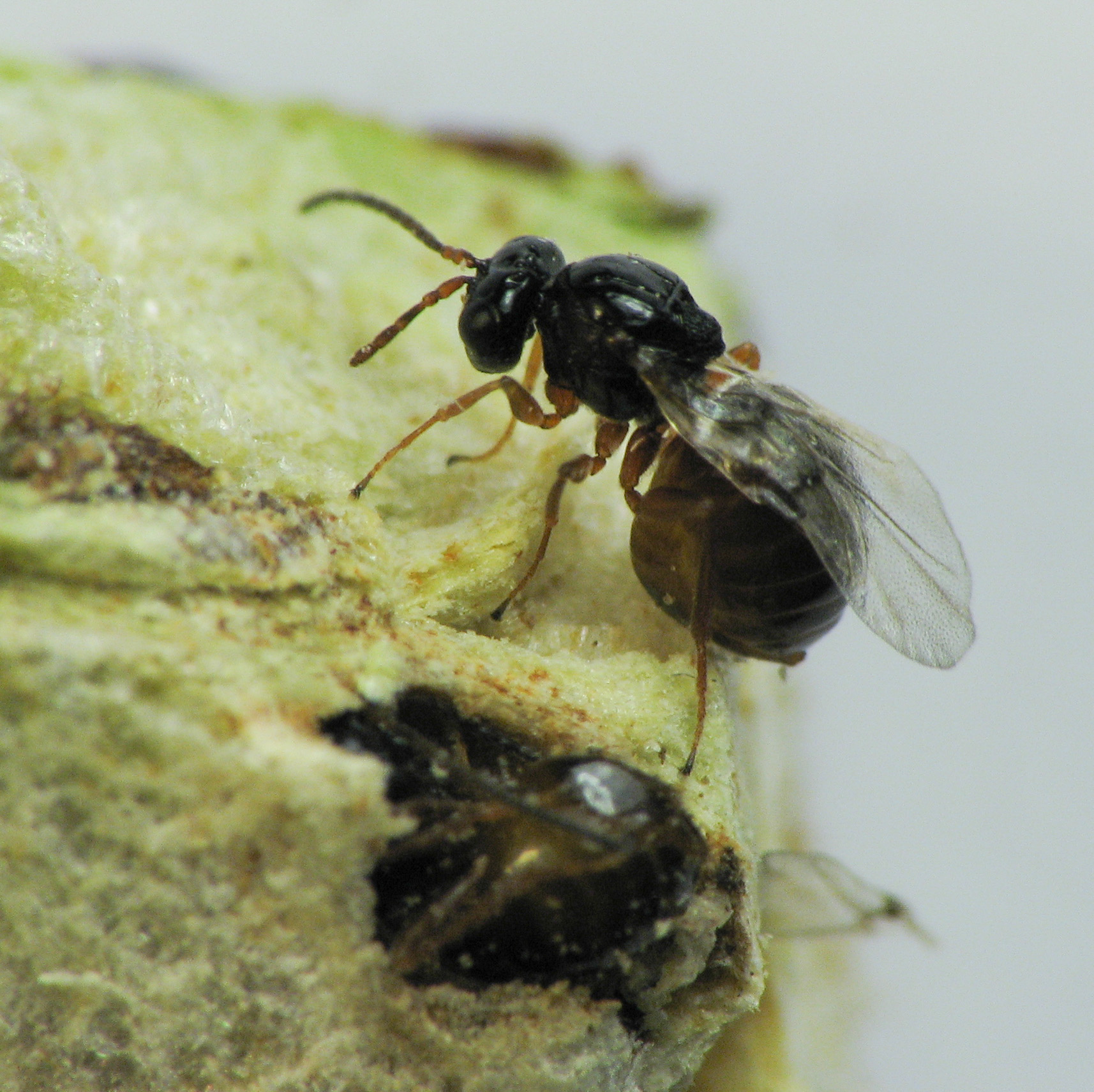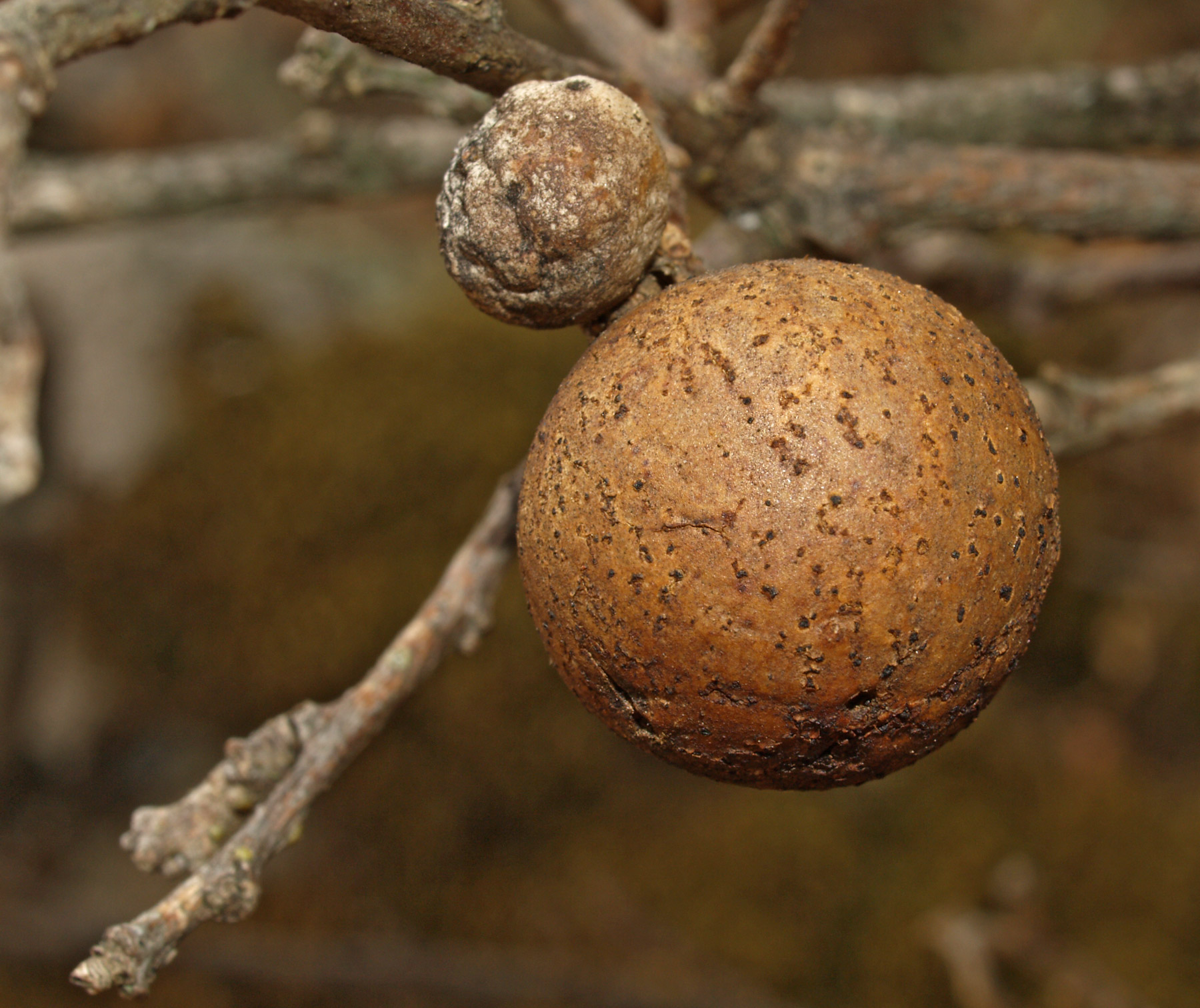|
Synergus Itoensis
''Synergus'' is a genus of gall wasp in the tribe Synergini. It is found worldwide. Species in ''Synergus'' are generally inquilines, which means they use the galls of other species of gall wasps. ''Synergus'' uses the galls of Cynipini on oak trees. Species As of 2024, there are at least 127 species in ''Synergus''. Notable species include: * '' Synergus itoensis'' ** Only ''Synergus'' species known to induce its own gall. * '' Synergus japonicus'' * '' Synergus vulgaris'' Hartig, 1840 ** The type species In International_Code_of_Zoological_Nomenclature, zoological nomenclature, a type species (''species typica'') is the species name with which the name of a genus or subgenus is considered to be permanently taxonomically associated, i.e., the spe ... for ''Synergus'' References {{Taxonbar, from=Q14497561 Gall-inducing insects Cynipidae Hymenoptera genera ... [...More Info...] [...Related Items...] OR: [Wikipedia] [Google] [Baidu] |
Theodor Hartig
Theodor Hartig (21 February 1805 – 26 March 1880) was a German forestry biologist and botanist. Biography Hartig was born in Dillenburg. He was educated in Berlin (1824–1827), and was successively lecturer and professor of forestry at the University of Berlin (1831–1838) and at the Carolinum, Braunschweig. Hartig was the first to discover and name the sieve tube element cells (as ''Siebfasern'' - sieve fibres and ''Siebröhren'' - sieve tubes) in 1837. His zoologist author abbreviation is Hartig. He described many gall wasp species. In 1842, Theodor Hartig described what is now known as the Hartig net, a network of fungal hyphae that penetrate feeder roots and surround epidermal cells. The Hartig net is part of the structure of ectomycorrizae, mutualistic symbioses between fungi and plant roots. He died in Braunschweig. Works *1836 Forstliches und forstnaturwissenschaftliches Conversations-Lexicon. Georg Ludwig Hartig and Theodor Hartig*1840. Über die Familie der Gallw ... [...More Info...] [...Related Items...] OR: [Wikipedia] [Google] [Baidu] |
Gall Wasp
Gall wasps, also traditionally called gallflies, are hymenopterans of the family Cynipidae in the wasp superfamily Cynipoidea. Their common name comes from the galls they induce on plants for larval development. About 1,300 species of this generally very small creature () are known worldwide, with about 360 species of 36 different genera in Europe and some 800 species in North America. Features Like all Apocrita, gall wasps have a distinctive body shape, the so-called wasp waist. The first abdominal tergum (the propodeum) is conjoined with the thorax, while the second abdominal segment forms a sort of shaft, the petiole. The petiole connects with the gaster, which is the functional abdomen in apocritan wasps, starting with the third abdominal segment proper. Together, the petiole and the gaster form the metasoma, while the thorax and the propodeum make up the mesosoma. The antennae are straight and consist of two or three segments. In many varieties, the backside of the ... [...More Info...] [...Related Items...] OR: [Wikipedia] [Google] [Baidu] |
Synergini
Synergini is a tribe (biology), tribe of gall wasps in the subfamily Cynipinae. Genera The following genera are generally accepted within Synergini: * ''Agastoroxenia'' * ''Lithosaphonecrus'' * ''Saphonecrus'' * ''Rhoophilus'' * ''Synergus'' * ''Ufo (genus), Ufo'' All of these except ''Lithosaphonecrus'' and ''Rhoophilus'' are found in the eastern Palearctic realm. ''Synergus'' has the greatest number of species in Synergini. A reworking of the entire Cynipidae family published in 2015 transferred three genera formerly included in Synergini to other tribes - ''Ceroptres'' to a tribe of its own (Ceroptresini), and ''Periclistus'' and ''Synophromorpha'' to Diastrophini. Gall use Members of Synergini have lost the ability to create their own galls, and instead make use of galls left behind by other wasps. As a result, they are classified as inquilines.Melika G, Ros-Farré P, Pénzes Z, Ács Z, Pujade-Villar J 2005Ufo abei Melika et Pujade-Villar (Hymenoptera: Cynipidae: ... [...More Info...] [...Related Items...] OR: [Wikipedia] [Google] [Baidu] |
Inquiline
In zoology, an inquiline (from Latin ''inquilinus'', "lodger" or "tenant") is an animal that lives commensally in the nest, burrow, or dwelling place of an animal of another species. For example, some organisms, such as insects, may live in the homes of gophers or the garages of humans and feed on debris, fungi, roots, etc. The most widely distributed types of inquiline are those found in association with the nests of social insects, especially ants and termites – a single colony may support dozens of different inquiline species. The distinctions between parasites, social parasites, and inquilines are subtle, and many species may fulfill the criteria for more than one of these, as inquilines do exhibit many of the same characteristics as parasites. However, parasites are specifically ''not'' inquilines, because by definition they have a deleterious effect on the host species, while inquilines have not been confirmed to do so. In the specific case of termites, the term " ... [...More Info...] [...Related Items...] OR: [Wikipedia] [Google] [Baidu] |
Gall
Galls (from the Latin , 'oak-apple') or ''cecidia'' (from the Greek , anything gushing out) are a kind of swelling growth on the external tissues of plants. Plant galls are abnormal outgrowths of plant tissues, similar to benign tumors or warts in animals. They can be caused by various parasites, from viruses, fungi and bacteria, to other plants, insects and mites. Plant galls can be such highly organized structures that their cause can be determined without the actual agent being identified. This applies particularly to insect and mite plant galls. The study of plant galls is known as cecidology. Anatomy Shape and size Galls develop on various plant organs, providing nutrition and shelter to inducing insects. Galls display vast variation in morphology, size, and wall composition. The size of insect galls can range significantly, from approximately two inches in diameter to less than one-sixteenth of an inch. Some galls are so small that they are merely slightly thick ... [...More Info...] [...Related Items...] OR: [Wikipedia] [Google] [Baidu] |
Cynipini
Cynipini is a tribe (biology), tribe of gall wasps. These insects induce galls in plants of the beech and oak family, Fagaceae. They are known commonly as the oak gall wasps.Melika, G., et al. (2013)A new genus of oak gallwasp, ''Cyclocynips'' Melika, Tang & Sinclair (Hymenoptera: Cynipidae: Cynipini), with descriptions of two new species from Taiwan.''Zootaxa'' 3630(3), 534-48. It is the largest cynipid tribe, with about 936Medianero, E. and J. L. Nieves-Aldrey. (2013)''Barucynips panamensis'', a new genus and species of oak gallwasps (Hymenoptera, Cynipidae, Cynipini) from Panama, and description of one new species of ''Coffeikokkos''.''ZooKeys'' (277), 25-46. to 1000 recognized species, most of which are associated with oaks. The tribe is mainly native to the Holarctic. Cynipini wasps can act as ecosystem engineers. Their galls can become hosts of inquilines, and the wasps themselves are hosts to parasitoids. Most of these wasps undergo cyclical parthenogenesis, sometimes repr ... [...More Info...] [...Related Items...] OR: [Wikipedia] [Google] [Baidu] |
Synergus Itoensis
''Synergus'' is a genus of gall wasp in the tribe Synergini. It is found worldwide. Species in ''Synergus'' are generally inquilines, which means they use the galls of other species of gall wasps. ''Synergus'' uses the galls of Cynipini on oak trees. Species As of 2024, there are at least 127 species in ''Synergus''. Notable species include: * '' Synergus itoensis'' ** Only ''Synergus'' species known to induce its own gall. * '' Synergus japonicus'' * '' Synergus vulgaris'' Hartig, 1840 ** The type species In International_Code_of_Zoological_Nomenclature, zoological nomenclature, a type species (''species typica'') is the species name with which the name of a genus or subgenus is considered to be permanently taxonomically associated, i.e., the spe ... for ''Synergus'' References {{Taxonbar, from=Q14497561 Gall-inducing insects Cynipidae Hymenoptera genera ... [...More Info...] [...Related Items...] OR: [Wikipedia] [Google] [Baidu] |
Synergus Japonicus
''Synergus japonicus'' is a species of gall wasp in the family Cynipidae. Whereas most gall wasps create the galls in which they live, ''Synergus japonicus'' is an inquiline species, living in the gall created by another species of wasp. It is native to Japan, China and Russia. Distribution ''Synergus japonicus'' was for a long time only known from Japan, but more recently it has been found in China, and also in eastern Russia where it was discovered living in the galls created by '' Andricus kashiwaphilus'', on the Japanese emperor oak, ''Quercus dentata''. Ecology About 1,400 species of gall wasps have been described, and of these about 180 develop inside the galls created by other species. These inquilines can be considered as kleptoparasites because the shared gall is an arrangement that is only to the advantage of the inquiline. Gall wasps have complex life cycles, often with an alternation of generations with one sexual generation of both males and females alternating with ... [...More Info...] [...Related Items...] OR: [Wikipedia] [Google] [Baidu] |
Synergus Vulgaris
''Synergus'' is a genus of gall wasp in the tribe Synergini. It is found worldwide. Species in ''Synergus'' are generally inquilines, which means they use the galls of other species of gall wasps. ''Synergus'' uses the galls of Cynipini on oak trees. Species As of 2024, there are at least 127 species in ''Synergus''. Notable species include: * ''Synergus itoensis'' ** Only ''Synergus'' species known to induce its own gall. * ''Synergus japonicus'' * '' Synergus vulgaris'' Hartig, 1840 ** The type species In International_Code_of_Zoological_Nomenclature, zoological nomenclature, a type species (''species typica'') is the species name with which the name of a genus or subgenus is considered to be permanently taxonomically associated, i.e., the spe ... for ''Synergus'' References {{Taxonbar, from=Q14497561 Gall-inducing insects Cynipidae Hymenoptera genera ... [...More Info...] [...Related Items...] OR: [Wikipedia] [Google] [Baidu] |
Type Species
In International_Code_of_Zoological_Nomenclature, zoological nomenclature, a type species (''species typica'') is the species name with which the name of a genus or subgenus is considered to be permanently taxonomically associated, i.e., the species that contains the biological Type (biology), type wiktionary:en:specimen, specimen (or specimens). Article 67.1 A similar concept is used for suprageneric groups and called a type genus. In botanical nomenclature, these terms have no formal standing under the International Code of Nomenclature for algae, fungi, and plants, code of nomenclature, but are sometimes borrowed from zoological nomenclature. In botany, the type of a genus name is a specimen (or, rarely, an illustration) which is also the type of a species name. The species name with that type can also be referred to as the type of the genus name. Names of genus and family ranks, the various subdivisions of those ranks, and some higher-rank names based on genus names, have suc ... [...More Info...] [...Related Items...] OR: [Wikipedia] [Google] [Baidu] |
Cynipidae
Gall wasps, also wikt:gallfly#Usage notes, traditionally called gallflies, are hymenopterans of the family Cynipidae in the wasp superfamily Cynipoidea. Their common name comes from the galls they induce on plants for larval development. About 1,300 species of this generally very small creature () are known worldwide, with about 360 species of 36 different genera in Europe and some 800 species in North America. Features Like all Apocrita, gall wasps have a distinctive body shape, the so-called Petiole (insect anatomy), wasp waist. The first abdominal tergum (the propodeum) is conjoined with the Thorax (insect anatomy), thorax, while the second abdominal segment forms a sort of shaft, the Petiole (insect anatomy), petiole. The petiole connects with the gaster (insect anatomy), gaster, which is the functional abdomen in apocritan wasps, starting with the third abdominal segment proper. Together, the petiole and the gaster form the metasoma, while the thorax and the propodeum mak ... [...More Info...] [...Related Items...] OR: [Wikipedia] [Google] [Baidu] |



